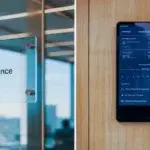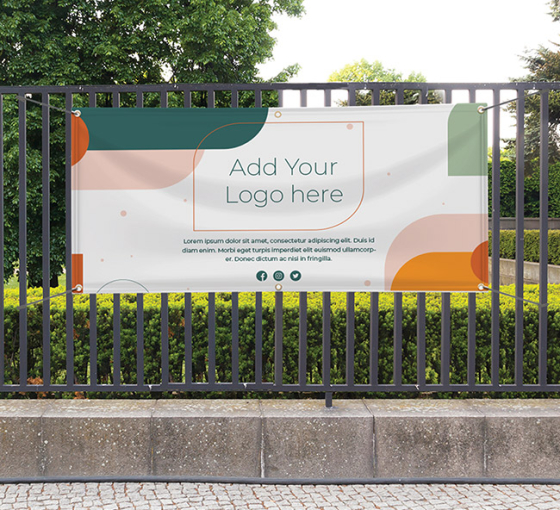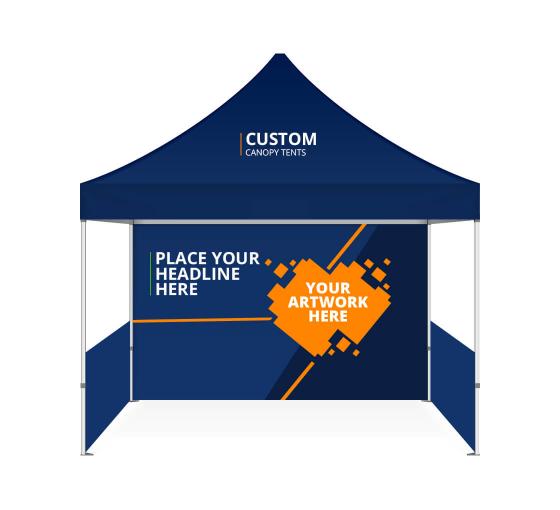The concept of employee training has evolved considerably in the last few years. Next-generation employee training today requires the inclusion of several types of technologies and innovative methods that are available to help organisations develop talent.
Regardless of the size of your business or overall budget, there are many different training methods that you can explore and implement for your learning and development needs. If you are also looking for some ideas for your new generation of employees, read on to know 5 expert techniques you can implement to take your training outcomes to the next level.
Develop a Plan
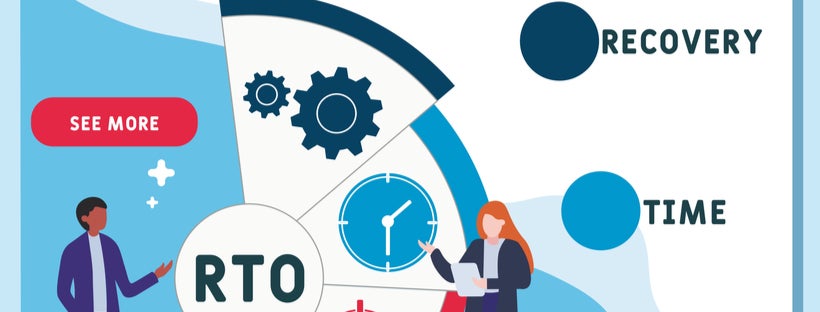
Before making an employee training program for next-gen employees, it is important to identify what you want your employees to learn. Failing to do this will waste a lot of time and resources with unstructured training and no outcome. To make a robust training plan, begin by writing down everything your employees should know. This includes the knowledge and skills they should have to do their jobs successfully.
Further, ensure to structure the training program well, in a way that it begins with the simplest information and leads up to more advanced training. Another important aspect here is to identify training gaps and fill them appropriately. For instance, your employee might not understand the what and how of using banner advertising if they do not have a basic idea about backdrops, frames, signs and decals.
Set Clear Training Goals
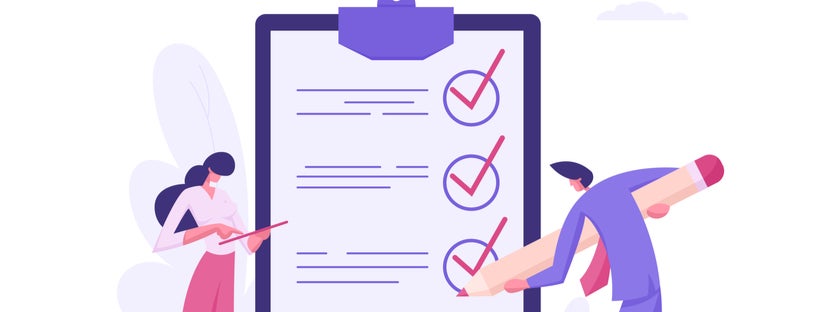
To be able to determine if your training program is working or not, it’s important to set clear training goals and track whether or not they’re being met. The training process should start by determining what you want your employees to learn and accordingly set a simple or complex goal.
You can do this by conducting detailed performance reviews that can help you set goals and track achievements. Ask your employees how they’re doing, things they are struggling with, and what they’d like to learn. This information can then be used to determine if employees are meeting their respective training goals and to set new goals.
Align Your Learning Strategy With Your Business Strategy
By aligning your training strategies with business objectives, you can ensure that your gen-next employee can outperform their competition in the long run. Besides, this strategy also enables the development of employee training programs that:
- Streamline operations and simplify the overall technology landscape
- Optimise the use of resources and rationalise spending on learning
- Contribute to shaping employee skills and behaviours that reflect the company’s long-term strategic direction
To be able to do this well, your organisation first needs to identify any sort of issues with their current training strategy and what they can do to update this to better align with business objectives. The best way to do this is by reviewing current learning methods and strategies both in person and virtually.
Create Immersive Learning Experiences for Employees

The employees of today’s workforce are active learners with an independent and adept approach to getting answers for themselves. This requires organisations and trainers to design hands-on training in which they can fully immerse themselves.
Among some of the ways to create such an immersive training experience for your millennia and Generation Z employees are:
- On-job training
- 360-degree video training
- Real-life simulations
- Game-based learning
- Bite-sized learning
- AR/VR Augmented reality
Build-in Regular Reviews to Your Training Program
Showing continued commitment to their growth is one of the best practices for training the next generation of employees. This means scheduling monthly review or meeting times specifically for in-person check-ins along with emailing the employees about any questions they may have and offering them any resources they need every week.
These kinds of regular check-ins allow your employees to feel supported and help you create a happy and productive workplace. Leveraging the training techniques discussed here presents a unique opportunity for organisations to redesign their learning and development training programs for new generations of employees, providing them with the needed skill sets for their growth.


























 Posted in
Posted in 




